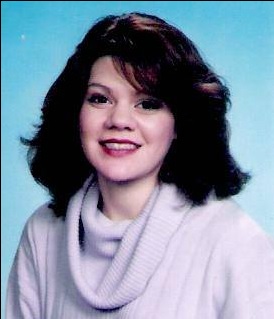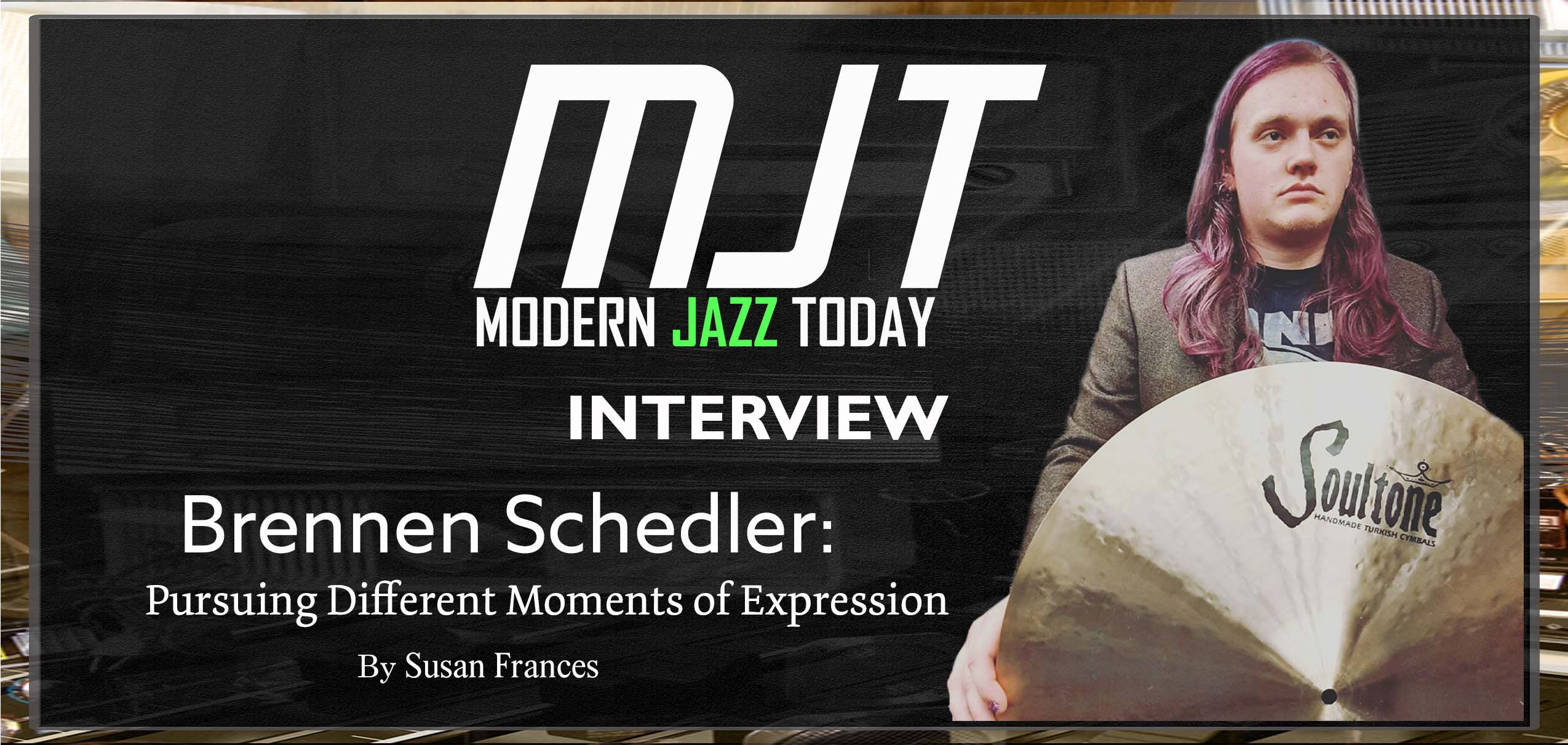Brennen Schedler: Pursuing Different Moments of Expression
By Susan Frances

Audiences will find rock, pop, blues, soul, freestyle, and jazz influences in Schedler’s original material. Growing up in Denver, Colorado, he was exposed to this wide range of music, which he highlights, “The music scene in Denver was very influential to me once I actually began exploring it. I found so many amazing mentors including Annie Booth, Paul Romane, and Colin Stranahan. What they showed me has changed the way I play and influenced the way I navigate all aspects of being a musician and a human.”
“Denver offers opportunities for me to play quite a lot,” he considers “however, like many scenes, certain parts of town are basically ‘locked down’ by artists who have simply been around longer. This has led to me looking to some of the towns outside of Denver to play my original music.”
“Along with this,” he asserts, “I have recently started touring with a guitarist named Eddie Turner and have found that there are lots of opportunities outside of Denver that are amazing! For example, in the Midwest, venues tend to pay more, and people really show up to listen, especially in Iowa. This has made me expand where I should be looking for opportunities to play my own original music.”

“Honestly, it was kind of an accident,” he admits while discussing how he acquired a lengthy roster of original material. “I had started taking piano more seriously in 2020 and was running through all kinds of exercises and got bored. And as they say, boredom is the birthplace of genius, or in my case, at least creativity, so I began writing my own music.”
“Once I had a bunch of songs,” he cites, “I realized that I could do something with them. At the time, I was also working at a rehab and had a bit of money saved. At that point, I thought I could make an album. From there, I leaned on my mentors to make the step into choosing who to hire and how to be a bandleader. Without them, it would have been impossible.”
“I will say,” he imparts, “the hardest part was, and continues to be, finding musicians who have drive, talent, and reliability. As a sound engineer once said to me, ‘It’s like wrangling kittens.’ I find this statement to be very accurate.”
The recording features his quartet, comprised of Rhiannon Dewey on tenor saxophone, Tom Amend on piano, Patrick McDevitt on bass, and himself on drums. He explains how he met the members of his quartet, “I went to CU Boulder with Rhiannon Dewey and always thought she had an amazing improvisational voice that was different from other people in Colorado. This drew me to her playing, and eventually, we became friends.”
“With Tom,” he points out, “I had actually never heard his playing before the album. I tried two other piano players, and they fell through, so I just asked people I trusted who I should hire. They all said Tom, so that’s who I called.”
Regarding his bass player, he clarifies, “On the album, Patrick McDevitt is actually the bass player; Michael [Rinko] played the album release with me because Patrick had a prior obligation.”
“The bass story behind this album,” he remarks, “was crazy. I had a certain player in mind. He agreed and had been to our one
“Right when I thought all was lost,” he prefaces, “I called the sound engineer, and she told me I should call Patrick [McDevitt]. I remember at that point thinking that I should have just started with Patrick. He played with my mentor Annie Booth and is an absolutely amazing bassist.”
“I called him up,” he recounts, “and he said, ‘I was just going to practice scales anyways and showed up to the studio and read the sheet music. So as you can see, it was a kitten wrangling experience, but I’m so happy with who ended up in the studio and how they all played.”
“This album,” he observes, “is about my personal journey through drug addiction and recovery. Keep Steppin Down is the first track, and along with having a descending two, five, one, motion in the chord changes,” he describes, illustrates how he came up with the title of the recording.
He enlightens, “It was written about my slow realization that my life was stepping down. I was, at the time, realizing I had no friends, no ambitions, and no joy; life felt like a descending staircase. I chose this to be the title of the album because the artist, I hired, accidentally put that on the cover instead of the name I wanted for the album. I was about to send it back to be fixed when I realized that name has a cool ring to it, and my original idea was a mouthful, so I just went for it.”

“I will say,” he comments, “it was not at all what I was expecting, but I loved it from the moment I saw it.”
A track that listeners may enjoy from the moment they hear it is “‘T’was a Dark and Stormy Night.” Schedler examines how the arrangement evolved. “The arrangement came together as a contrafact of ‘Someday My Prince Will Come.’ I love that song, and I loved the intro Miles Davis did on that song. The reason I chose to keep the A sections as just an F chord was actually due to a mistake a player made on a gig with me a few years prior. He forgot the changes to the A section and just played F for every A section.”
“I thought this was awesome,” he enthuses, “so when I wrote this tune, I just went with that.”
“My inspiration for the melody,” he recalls, “came from a moment of realization I had in early recovery. My mom used to read me the book A Wrinkle in Time, and that was the first line of that story. My mom also used to say, ‘You cannot change the beginning of your story, but you can shape how it goes from here on out.’ In that moment, I felt terrible about what I had done and was utterly hopeless, and that was when I decided to look forwards instead of backwards, thinking it may be dark and stormy now, but I’m going to change that.”
Dark and stormy seemed to be a recurring theme during the recording process; as Schedler summarizes the experience, “Everything was a challenge. Really. Everything. Getting rights to my own music, choosing the release date, finding the money to do everything. Oh yeah, and… all while in the middle of a pandemic. All I will say is, this is not easy, and without the amazing artists and family I had helping, it would not have ever come to fruition.”

“This is what makes it sound so organic,” he proposes. “I try to strive for that same feeling live. You never know what you are going to get, and I love that. In fact, I have never even played this music with the same group of musicians more than once. I have loved each rendition.”
The raw, spontaneous exchange among musicians in a live setting fodders Schedler’s creative surges. It is a catalyst he discovered after taking the leap into recording his own material.
“The beginning of my actual career was a studio album,” he reveals. “It was one song for an album that I recorded in the basement of the college I was going to at the time. However, after that, it was basically all live. I tend to thrive in a more improvisational setting, which is most frequently found outside of a studio.”
Improvisational settings are congruent to playing jazz and roots music, opening performers to riffing off one another. It is a level of playing that Schedler did not experience at the start of his travels as a musician and performer.
“I actually started my musical journey on clarinet in the 5th grade,” he recollects. “I very quickly realized I did not enjoy having a reed that I had to keep wet and in pristine condition. Due to that, I started looking at other ways to express myself musically. That was when I saw how much fun the drummers were having in the back of the band, and I thought I should try that.”
“I’m very lucky that my mom supported my change of instruments,” he credits, “and was willing to pay for drum lessons while I was still playing clarinet for my 5th-grade band. She said that I could switch from clarinet to drums only if I stuck with the lessons.”
He chronicles, “Starting in 6th grade, I ended up playing drums in school. In 8th grade, I actually tried to quit. When I told my band teacher, Mr. Starbuck, that I was going to stop, he pulled me aside and told me I should try to stick it out for one more year. He reminded me that whether or not this became my career, having a way to express yourself artistically is an amazing skill to have. That conversation kept me in the band and ended up changing my life.”
He reflects, “One of my earliest most memorable experiences was being in the pit band in high school. The first year we did The Wizard of Oz to the music of Pink Floyd. This was an amazing experience because even though I was in the pit, I was playing the music I loved.”
Moving further into his high school experience, he proceeds, “The next musical we did was Toxic Avenger. This musical is a rock opera, and our musical director decided to really feature the band by putting us on stage. If this was not enough, he put me, just me, the drummer, on a 12-foot-high podium constructed by a bunch of teenagers. While I did briefly fear for my life, it was intoxicating playing rock music in front of an audience, and in KISS-style make up no less.”
“High school,” he determines, “was the first time I heard something that made me really want to pursue what had basically been a small hobby in my life. What I heard was The Jimi Hendrix Experience. That band absolutely changed the way I saw music. I never knew music could be so free and so expressive, before then having mostly heard only conventional pop.”

Today, Brennen Schedler does not try to fit his music into a particular style but instead hears music with a broader sense, as he discerns, “My main point of growth as an artist has honestly been to question everything. I now think: ‘Why is this music considered jazz? Why don’t I like that sound? Why do I like that sound? Why do I think something has to be a certain way?’ Once I started asking myself these questions, musical doors that I never even knew existed began to open up.”
“Generally,” he broaches, “I think I have just grown into a more open-minded and thoughtful player and artist. The way I was able to reach this growth was by playing with so many amazing players across so many different genres. For every new experience, I was shown a new ‘right’ way or a new ‘wrong’ way. This has led me to believe there is no right or wrong in music, just different moments of expression.”
When he isn’t working on his music, Schedler seeks other types of adventure, proclaiming, “I am a super history nerd. I love World
The freedom to investigate, explore, experience, and communicate is an adventure that Schedler embraces and translates into music. Bound by the raw stalks where music is formed, Brennen Schedler’s material will always have a home in the modern-day world market of roots music. It’s a central hub where music mirrors the broad spectrum of life’s travels and where there is something for everyone to enjoy.
About Susan Frances:
 Born in Brooklyn, New York and raised in eastern Long Island, I always enjoyed writing and made several contributions to my high school literary magazine, The Lion’s Pen. Influenced by writers of epic novels including Colleen McCullough and James Clavell, I gravitated to creative writing. After graduating from New York University with a BA in Liberal Arts, I tried my hand at conventional jobs but always returned to creative writing. Since 1998, I have been a freelance writer and have over three thousand articles to various e-zines including: Jazz Times, Blogcritics, Yahoo Voices, Goodreads.com, Authors and Books (books.wiseto.com), TheReadingRoom.com, Amazon.com, Epinions.com, Fictiondb.com, LibraryThing.com, BTS emag, BarnesandNoble.com, RomanticHistoricalReviews.com, AReCafe.com, Hybrid Magazine, and BookDepository.com. In 2013 and 2014, I was a judge in the Orange Rose Writing Competition sponsored by the Orange County chapter of the Romance Writers of America located in Brea, California.
Born in Brooklyn, New York and raised in eastern Long Island, I always enjoyed writing and made several contributions to my high school literary magazine, The Lion’s Pen. Influenced by writers of epic novels including Colleen McCullough and James Clavell, I gravitated to creative writing. After graduating from New York University with a BA in Liberal Arts, I tried my hand at conventional jobs but always returned to creative writing. Since 1998, I have been a freelance writer and have over three thousand articles to various e-zines including: Jazz Times, Blogcritics, Yahoo Voices, Goodreads.com, Authors and Books (books.wiseto.com), TheReadingRoom.com, Amazon.com, Epinions.com, Fictiondb.com, LibraryThing.com, BTS emag, BarnesandNoble.com, RomanticHistoricalReviews.com, AReCafe.com, Hybrid Magazine, and BookDepository.com. In 2013 and 2014, I was a judge in the Orange Rose Writing Competition sponsored by the Orange County chapter of the Romance Writers of America located in Brea, California.





No Comments